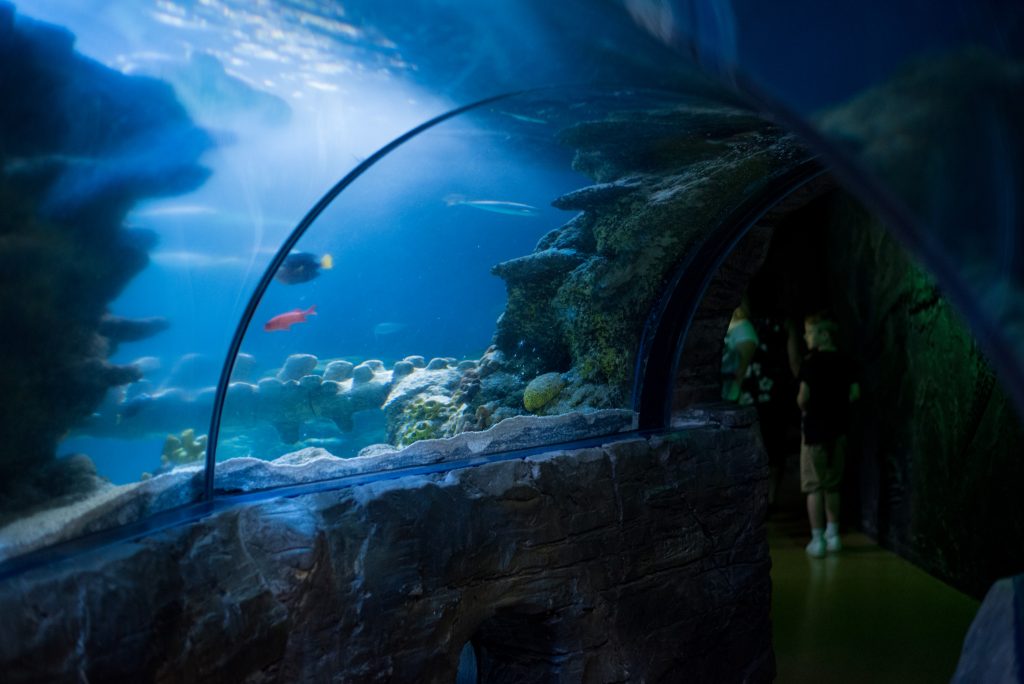Living in a high humidity climate or maintaining an aquarium exposes you to the challenges that excess moisture can bring, especially to sensitive machinery. Prolonged humidity can wreak havoc on metal and electrical components, fostering conditions conducive to mold and mildew growth. In the unique environment of an aquarium, which is inherently warm and humid, this challenge is amplified. Fortunately, the use of air dryers can be a game-changer, particularly when it comes to optimizing the performance of ozone generators.
Types of Air Dryers in Ozone Ecosystems
Desiccant Air Dryers:
Desiccant air dryers, exemplified by our DI Dryer 2.0, employ materials like silica gel or activated alumina to absorb moisture from the air. The desiccant attracts and retains water vapor, leaving the air dry. Periodic regeneration or replacement of the desiccant is necessary to maintain the dryer’s efficiency.
Regenerative Electronic Air Dryers:
Regenerative air dryers remove moisture more conveniently by passing compressed air through a desiccant material. This drying agent, like silica gel or activated alumina, becomes saturated over time and requires regeneration to remove the accumulated moisture. The regeneration cycle ensures a continuous supply of dry compressed air. Our IQ-20 and IQ-40 air dryers feature a timed regeneration feature for user convenience.
Key Benefits of Using an Air Dryer with Your Ozone Generator:
1. Efficient Ozone Generation:
An air dryer removes moisture, ensuring dry and clean air is supplied to ozone generators. Moisture interference can reduce the efficiency of the ozone generation process, but dry air promotes optimal ozone production, achieving desired ozone levels in the water.
2. Enhanced Ozone Output:
Ozone generators function more effectively with dry air, allowing them to operate at maximum capacity. This results in higher ozone output, improving the disinfection or oxidation of contaminants in the water.
3. Longer Ozone Generator Lifespan:
Moisture can be detrimental to ozone generator components, causing corrosion, electrical damage, and reducing lifespan. An air dryer protects the generator from potential damage, extending its operational life.
4. Reduced Maintenance Requirements:
Air dryers minimize moisture accumulation in the ozone generation system, reducing maintenance needs for cleaning and drying. This can potentially lower the risk of component failure.
5. Improved Water Quality:
Ozone, a potent oxidizing agent, is commonly used in aquariums to remove impurities, control microbial growth, and eliminate odors. Using an air dryer ensures consistent ozone production, leading to improved water quality in terms of clarity, taste, and odor.
Consult the Experts:
Given the uniqueness of each aquarium setup, consulting manuals and trained professionals is crucial to ensure optimal air quality for your ozone generator.
In conclusion, the decision to dry air when using ozone in your aquarium is a resounding “yes.” The integration of air dryers into your ozone ecosystem brings forth benefits such as efficient ozone generation, enhanced output, extended equipment lifespan, reduced maintenance, and improved water quality. For a tailored approach to your specific aquarium needs, don’t hesitate to seek guidance from professionals and refer to product manuals to make the most of your ozone generator.
Contact us today to learn more: https://www.oxidationtech.com/contact-us-101.html

